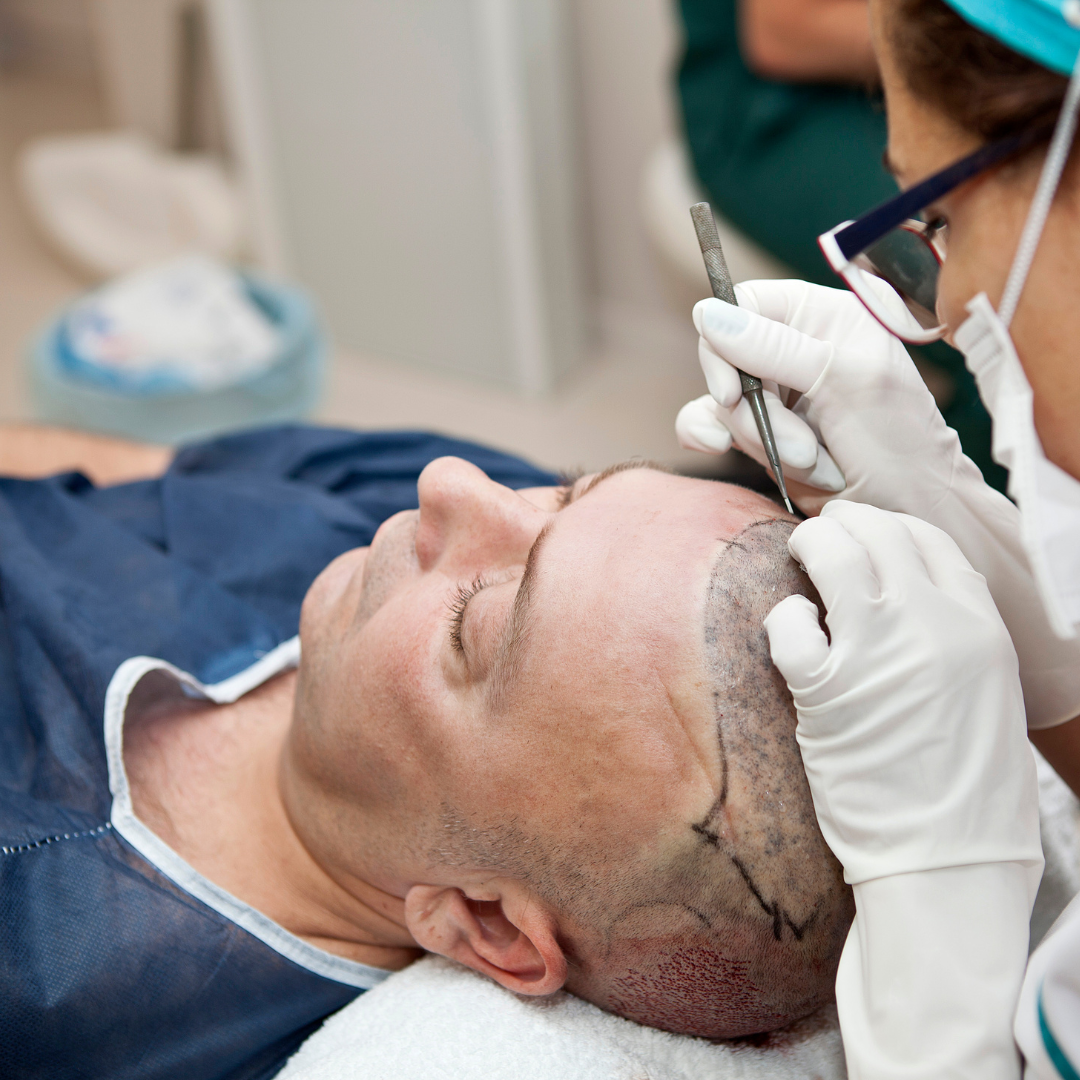Confidence is important in our daily lives because it influences how we portray ourselves and interact with others. Unfortunately, hair loss is a widespread problem that can significantly influence self-esteem. By learning about the underlying reasons for hair loss, individuals can better understand how a hair transplant might fulfill their requirements and expectations.
Hair loss can be caused by several things, such as genetics, hormone imbalances, and certain medical problems that can all play a role in this illness. For a long time, traditional medicines and ways have been used to treat hair loss; however, with developments in medical technology, hair transplant surgeries have become a feasible option for those wishing to recover their hair and reclaim their confidence.
In this detailed guide, we will dig into hair transplants, analyzing the many treatments available and giving helpful insights for individuals considering this transforming operation.
What a Hair Transplant is Exactly
A hair transplant is a surgical procedure involving hair transplanting to bald or thinning parts of the scalp. It is normally reserved for those who have exhausted all other hair loss therapies. It is also known as hair replacement or hair restoration. It treats longtime hair loss caused by alopecia areata, androgenic alopecia, pattern baldness, thyroid problems, or hormonal abnormalities. It can also treat hair loss from burns or traumatic injuries.
Choosing an experienced and knowledgeable surgeon is critical to the outcome of your hair transplant process. Dermatologists or plastic surgeons perform them. Hence this is where you should begin your search from.

The Hair Transplant Procedure
A hair transplant is performed by a surgeon who extracts donor hair follicles from healthy body portions, known as the donor site. It can be done in a hospital or a hair transplant clinic, and the length of the operation is determined by the degree of hair loss and the technique utilized. Most patients report minor discomfort, but understanding the treatment beforehand helps reduce worry and guarantee a pleasant experience. The grafts are placed in bald areas of the scalp, and once healed, the transplanted skin should continue to develop hair.
Types of Hair Transplant Surgery
There are various methods for doing hair transplant surgery. These Include
- Grafting
- Alopecia reduction
- Flap surgery is performed
- Tissue growth
Grafting
Hair grafting is a hair transplant procedure in which healthcare personnel remove tiny, healthy hair-containing sections of the scalp, often known as hair plugs. Most patients are awake throughout the treatment but are given medicine to numb the scalp. Depending on the desired volume of hair, multiple surgeries may be required, and the scalp may need to recover for a few months between procedures.
Alopecia Reduction
Scalp reduction, also called alopecia reduction, is cutting a small piece of hairless skin from the scalp, releasing hair-containing skin, and sewing it in place. This method is suitable for bald spots on the top and back of the head that are commonly surrounded by hair. It usually involves numbing medicine on the scalp rather than total anesthesia.
Flap Surgery
Flap surgery is suggested for significant bald spots on the scalp’s front. It entails making shallow incisions around three donor sites while leaving the fourth side intact to sustain blood flow. This method involves general anesthesia and elevates the flap over bald regions.
Tissue Expansion
Tissue expansion surgery is used to treat scalp baldness or burn scarring. It requires general anesthesia and the insertion of a tissue expander under the scalp, progressively extending the skin over many weeks. A second treatment uses stretched skin to cover the bald spot.
Conclusion
Hair transplant techniques have transformed the area of hair restoration, offering patients a realistic opportunity to restore their confidence and solve hair loss issues. You may go on a transforming journey to reclaim your hair and confidence. However, make sure you know this surgery’s dangers and advantages.



